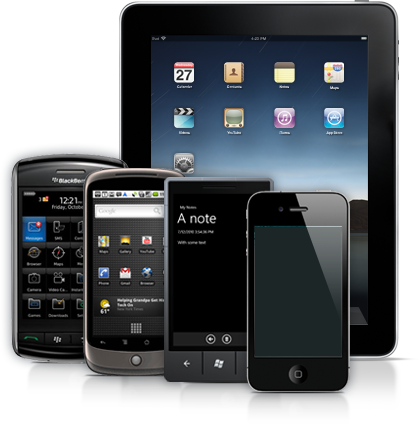The United States Department of Labor estimates that 30% of employers are misclassifying employees as independent contractors, which results in billions of dollars in lost revenue every year. Citing a desire to minimize losses in contributions to unemployment insurance funds, protect workers’ rights and “level the playing field” for employers that abide by the law, the DOL has launched the Federal Misclassification Initiative, where they are partnering with the IRS and a number of state governments to share information. The memoranda of understanding contain an agreement to share information, in order to determine when workers are being misclassified. The cooperative efforts will likely lead to multi-pronged scrutiny and enforcement proceedings. The initiative will ensure that a worker classified as an independent contractor[…]
Tag: Employment
When a Texas employee believes he or she has been discriminated against at work because of race, color, religion, sex (including pregnancy), national origin, age (40 or older), disability or genetic information under a number of federal laws, they can file a Charge of Discrimination with the Equal Employment Opportunity Commission. All of the laws enforced by the EEOC, except the Equal Pay Act, require an employee to file a charge before filing a job discrimination lawsuit. The employee must bring the charge within 180 days from the day the discrimination took place, or within 300 days if a state or local agency enforces a law that prohibits employment discrimination on the same basis. With allegations of age discrimination, the filing deadline[…]
While many states, including Pennsylvania, have implemented laws the ban texting while driving, the federal government has also thrown its hat into the ring. The Occupational Safety & Health Administration (OSHA) has implemented a Distracted Driving Initiative, which will focus on texting while driving. OSHA calls upon all employers to ban texting while driving and remove any practice or policy that requires or encourages workers to text while driving. The first part of OSHA’s call to action is certainly easy to implement. Simply add a section in your employee handbook prohibiting texting while driving (and maybe take it a step further by prohibiting cell phone use in general while driving) and ensure that all of your employees are aware of[…]
One of the most popular trends in the IT world right now is the bring-your-own-device (BYOD) approach, where employees use their own mobile device at work. Its another case of new technology creating new problems. Before implementing a BYOD policy, you need to weigh the risks against the cost benefits. IT departments have spent years working on desktop security and trying to prevent data loss via web and email, but employees are increasingly accessing corporate data with their own smartphones and tablets. As a result, employers have much less control over the security protecting their corporate data. Unlike desktops, very few people have protection against viruses and malware on their smartphones and tablets. Thirty-seven percent of IT decision makers reported that[…]



